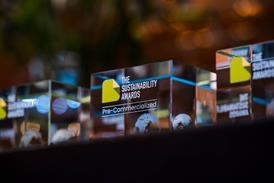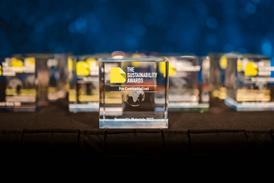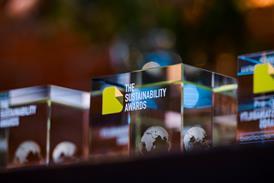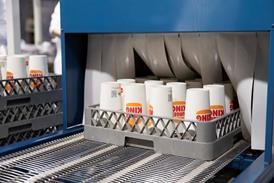
Shawpak presents a new range of low-power, low-waste linear thermoforming machines to produce large, multi-component packs with snap features for the medical sector.
The LT Series has been designed, manufactured, and built at Shawpak’s state-of-the-art engineering facility in the UK. It combines advanced automation, modular integration, and cleanroom compliance in a bid to meet ‘the most demanding’ packaging requirements, including rigid, multi-component packs with snap features.
The machines, including the LT22-18 and LT56-52 models, are reportedly made from natural anodised aluminium and intended for long-term reliability in cleanroom environments. Each supports a range of forming widths and material depths in hopes of helping manufacturers scale and adapt their operations.
Meanwhile, their modular design is set to facilitate the use of inline vision inspection, HD digital printing, and secondary packaging automation.
The lineup utilizes Rockwell Allen-Bradley Compact GuardLogix PLC and Kinetix servo drives in its precision control systems. Meanwhile, its temperature-controlled forming tools and plug assist target ‘optimal’ forming accuracy while providing optional robotic integration for complete in-line automation.
Additionally, the LT Series is said to provide a compact design, low power consumption, and minimal waste. This is set to help manufacturers reduce their carbon footprint and comply with sustainability regulation.
Shawpak hopes that the range will unlock high precision, flexibility, quality, and performance for manufacturers of medical device packaging.
“The LT range represents our continued commitment to innovation and excellence in medical packaging technology,” said CEO and founder David Shaw. “We’ve applied over 35 years of industry expertise to create a solution that gives manufacturers total control, higher efficiency and exceptional pack quality from concept to completion.”
Previously, Shawpak integrated thermoform lines into robot cells to create a single-piece-flow system for medical devices. This approach was designed to avoid double handling and additional storage, take up 70% less space on the production floor, and package nearly 1.5 million devices every 24 hours.
Since then, ULMA Packaging has unveiled a new range of thermoformers for the food industry. The lineup’s movement synchronization is set to improve productivity by up to 10%, while its vacuum system design is expected to lower vacuum cycle time by up to 20%.
It has also debuted its Width-Flex technology for thermoforming machines, which is believed to reduce film waste by up to 80% while boosting efficiency and minimizing downtime.
If you liked this story, you might also enjoy:
The ultimate guide to the Packaging and Packaging Waste Regulation in 2025
How are the top brands progressing on packaging sustainability?
Everything you need to know about global packaging sustainability regulation in 2025
The key to increasing the use of reusable packaging in supermarkets





















No comments yet